Invention and improvement. R. J. Gatling Machine Guns
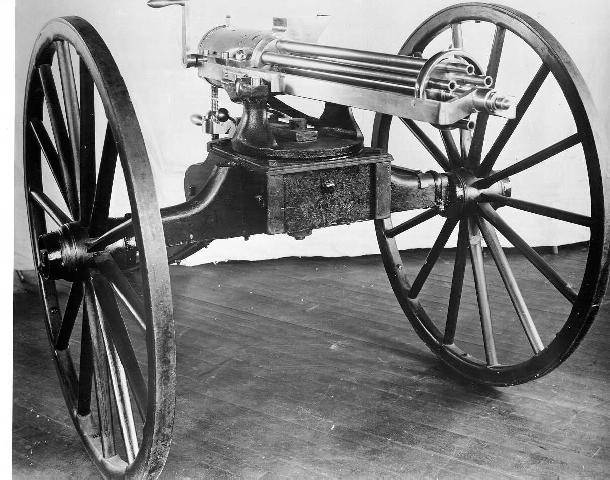
In the middle of the XIX century. a number of countries were looking for ways to increase the firepower of small arms weapons... Various systems with various features were created and put into service, however, most of these developments later went into history... The most successful invention of that time can be considered a multi-barreled machine gun designed by Richard Jordan Gatling. Its scheme with various changes and innovations is still widely used.
The path to invention
R.J. Gatling (1818-1903) developed an interest in technology from his youth and regularly proposed new ideas. For example, in the late thirties, he filed a patent application for a propeller for a self-propelled ship - but it turned out that a few months ago such an invention had already been registered. Later Gatling created several agricultural machines for different purposes. First, they dispersed around the district, and then began to be exploited in other states.
In the forties, after a serious illness, the inventor became interested in medicine. In 1850 he graduated from the Ohio College of Medicine, but did not begin to work in a new profession, continuing to develop and introduce new mechanisms and devices for various purposes. Over the years, Dr. R. Gatling received a number of patents for various inventions, but only one, received in 1862, brought him fame.
At the start of the Civil War, R. Gatling lived in Indianapolis (Indiana). The city quickly became a key logistics center in the North. The necessary goods passed through it, and wounded and crippled soldiers returned from the front. As Dr. Gatling later recalled, it was this that led to the emergence of a new weapon.
At that time, a typical battle was a skirmish of two lines, then turning into hand-to-hand combat. The main reasons for this were the limited performance of available army muskets and rifles. Many shooters were required to create the required density of fire, and each of them was at risk of injury or death.
R. Gatling reasoned sensibly that increasing the rate of fire of a single weapon would increase firepower and, consequently, reduce the required size of the rifle subunit. At the same time, the number of soldiers at risk will also decrease - both wounded or dead. A parallel reduction in the size of the army made it possible to reduce the losses from disease on the march or in the camps.
Known Solutions
The simplest option for increasing firepower has been known since the Renaissance. It was then that multi-barreled shooting and artillery systems became widespread, capable of firing in a volley or sequentially. In the middle of the XIX century. this concept led to the emergence of mitrailleuses with a block of barrels and a common breech with a large number of chambers. Such a weapon was inconvenient for reloading, but it provided salvo fire.
Also during this period, revolvers with a rotating block of barrels became widespread. During firing, the block rotated around the longitudinal axis and alternately brought the barrels to the common trigger. This design also made it possible to increase the rate of fire in comparison with single-barrel systems.
Probably, R. Gatling was familiar with these systems and took into account their peculiarities when developing his own project. He could borrow some components or ideas, but supplemented them with his own suggestions. It was his author's innovations that ensured the solution of all assigned engineering problems - and made it possible to create an effective weapon.
Original design
R. Gatling developed the idea with a rotating block of several barrels. He proposed to equip each barrel with its own bolt group and the simplest trigger mechanism. In fact, a key component of the new weapon was an assembly of six barrel-bolt systems. Such an assembly was placed in a common casing and could rotate. With the help of a simple system of guides, each barrel, passing in a circle, sequentially received a cartridge, sent it, fired a shot and threw out the sleeve.
The ammunition supply system was designed from the ground up. Gatling used an open-top box magazine. Unitary cartridges in a burning paper sleeve had to pass through it under their own weight and go to the bolt group, which occupies the upper position inside the casing.
The proposed scheme had no automation and needed an external drive. In this capacity, a handle rotated by the shooter was used. The force was transmitted to the block of barrels through an angular gear transmission. The rate of fire depended on the speed of rotation of the handle.
This weapon design had a number of important advantages. First of all, it provided the possibility of firing bursts without interruptions between shots, characteristic of single-shot guns and rifles. At the same time, the well-coordinated work of the calculation made it possible to reduce the time for equipping the store and the intervals between queues. Already the first samples had a rate of fire of 200 rds / min. - as a whole rifle unit. Due to the use of black powder, the barrel bore quickly became covered with carbon deposits, but the presence of several barrels made it possible to increase the number of shots before cleaning.
The weapon did not have any special requirements for the calculation. The shooters had to load cartridges into the store, fire with direct fire and rotate the handle. None of these processes required complex preparation, and even an inexperienced calculation could take full advantage of the technical advantages of their weapons.
By way of improvement
The first experimental machine gun of the new system was assembled in artisanal conditions in 1861. The following year, the Gatling Gun Company was founded, and in November of the same year, R. Gatling received a patent US 36836 for his invention - "Improvement in revolving battery-guns". By this time, they managed to collect a small batch of products for demonstration to the military, but it was soon destroyed by fire.
Since 1863 R. Gatling offered his weapons to the army, but for several years he did not succeed in this matter. The commanders doubted the need for such a weapon, and also criticized its high cost. In addition, there were suspicions that Dr. Gatling secretly sympathized with the Confederation. Until the end of the Civil War, only one machine gun was added to the army.
At the same time, R. Gatling worked on improving the existing design. An improved version of the machine gun was patented in 1865. It could fire up to 350 rounds per minute - significantly more than the base product. Shortly thereafter, the US Army first purchased a large batch of machine guns and soon adopted them.
In 1871, an updated machine gun with an improved ammunition supply system appeared. It was designed for a unitary cartridge with a metal sleeve and had two magazines: during firing, using one, it was possible to equip the second. When turning the block of barrels, the spent cartridges were removed from the chamber and fell out of the weapon under their own weight.
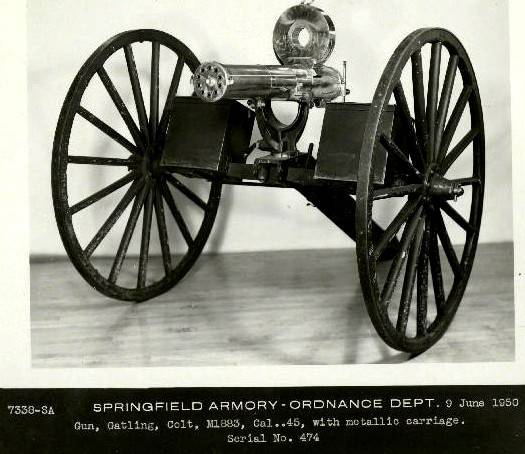
In the same period, L.U. Broadwell. It was made in the form of a block of 20 magazines for 20 rounds - they were assembled into a cylinder and could rotate around a vertical axis. Having consumed one magazine, the shooter had to turn the entire block and continue firing. Depending on the caliber of the machine gun, Broadwell's magazine could hold up to 400 rounds. Later, a replaceable drum magazine was created with horizontal placement of cartridges.
Initially, the Gatling machine gun was built on a wheeled carriage. In the future, new versions of such a machine, portable products, etc. were introduced into production. Special machines for mounting on saddles were produced by order of Great Britain - this version of the weapon was nicknamed the Camel Gun ("Camel machine gun").
The most important innovation appeared in 1893. This time R. Gatling removed the manual drive and replaced it with an electric motor. The load on the gunner was dramatically reduced, which simplified combat use. However, the electrical systems of that time were not perfect, and working with a battery could become a separate problem.
Care and return
By the beginning of the XX century. Gatling machine guns became widespread and were actively used by many armies on all continents. Other companies have developed and produced artillery systems of a similar design.
However, the time of such weapons was coming to an end. During that period, the machine guns of H. Maxim and J. Browning appeared and entered service, which reloaded due to the energy of the shot. This gave clear advantages over an external drive system.
The USA, the first to adopt the Gatling machine gun, abandoned it in 1911 and completely switched to modern automatic models. Soon other countries followed this path. For several decades, the multi-barrel scheme with a rotating block went into the shadows due to the lack of real prospects.
However, already in the interwar period, work began in different countries to create automatic samples of the Gatling scheme. Some projects, such as the Soviet machine gun I.I. Slostin, reached the test, but did not advance further and did not enter service. Various technical problems and difficulties did not allow to surpass the "traditional" designs.
The triumphant return of the Gatling scheme took place in the fifties, when the 20-mm was created in the USA aviation gun M61 Vulcan. Soon, new weapons and machine guns of this scheme of American and Soviet development appeared. They have found application in aviation, in anti-aircraft complexes and on ships. The century-old scheme has proven to be quite useful.
Modern guns and machine guns of the Gatling scheme, like their predecessors, use movable assemblies that include multiple barrels and bolts. They are capable of developing a rate of fire of thousands of rounds per minute, aided by slower heating of the barrels and more efficient cooling in the intervals between shots. Working automation systems and convenient external drives, as well as capacious and fail-safe ammunition supplies have been created.
The main invention of Dr. R.J. Gatling immediately showed all its capabilities and then found its place in the armies of the world. In the future, the original scheme was repeatedly updated and improved with the use of advanced technologies. A new stage in the development of the scheme began in the middle of the last century and continues to this day. As a result, weapons with a rotating barrel block are firmly entrenched in the arsenals of the leading armies and will never leave them, as it was in the past.
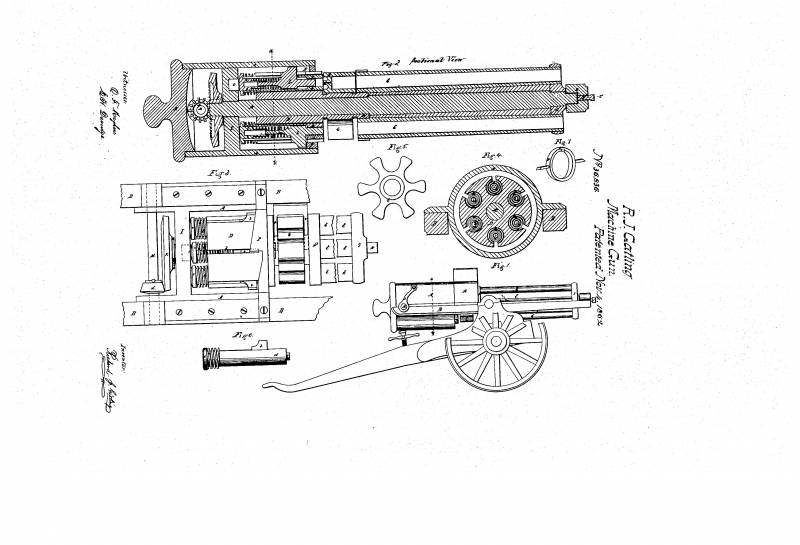
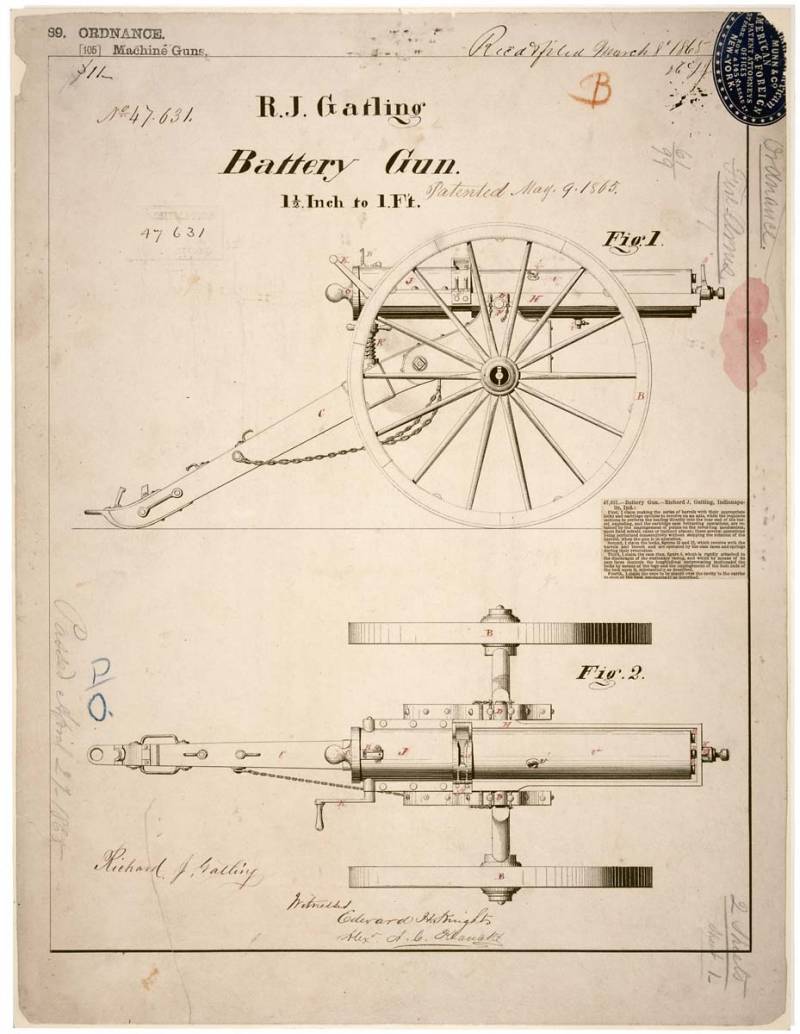
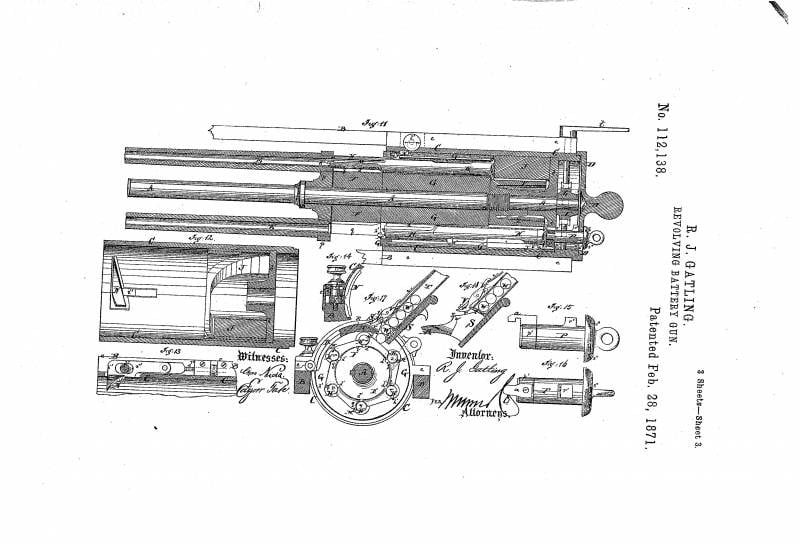
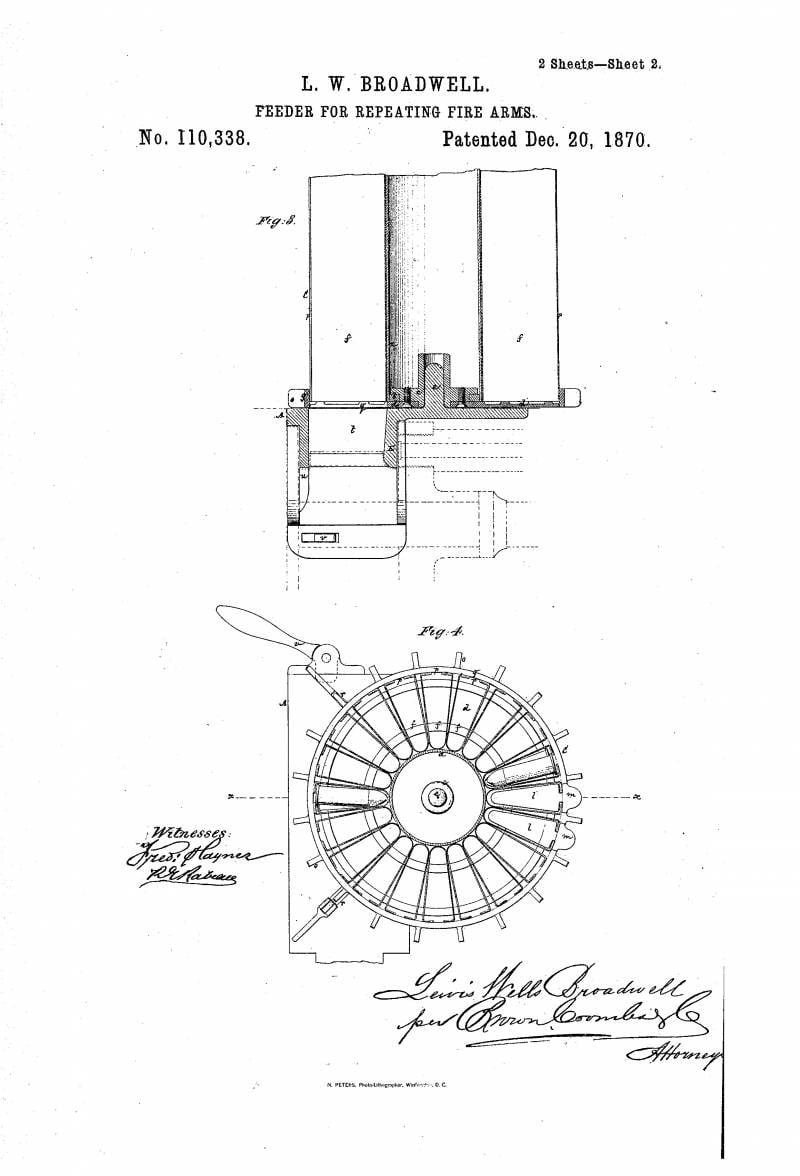
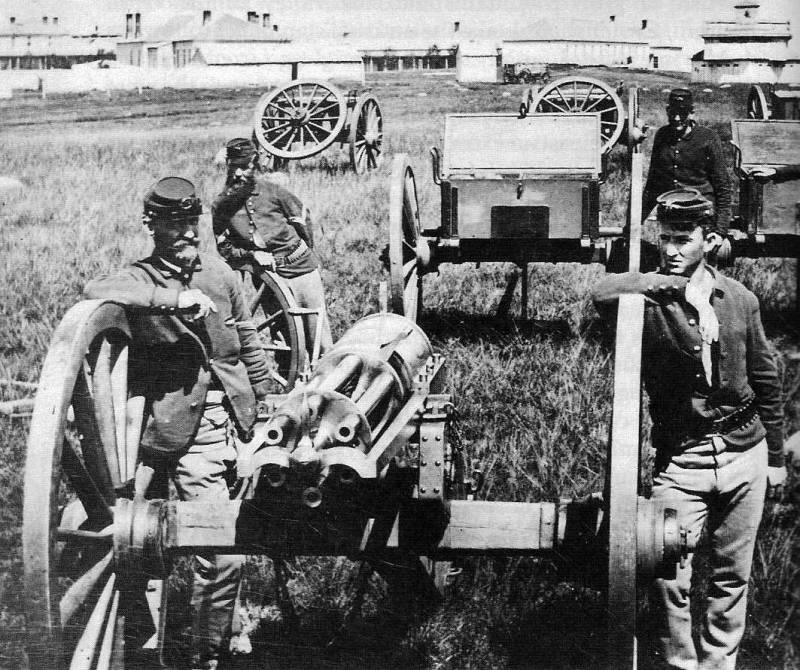
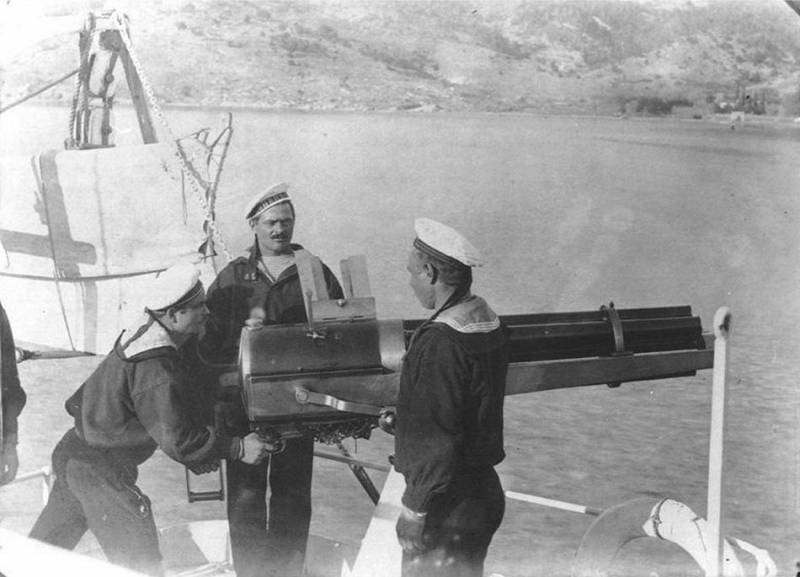
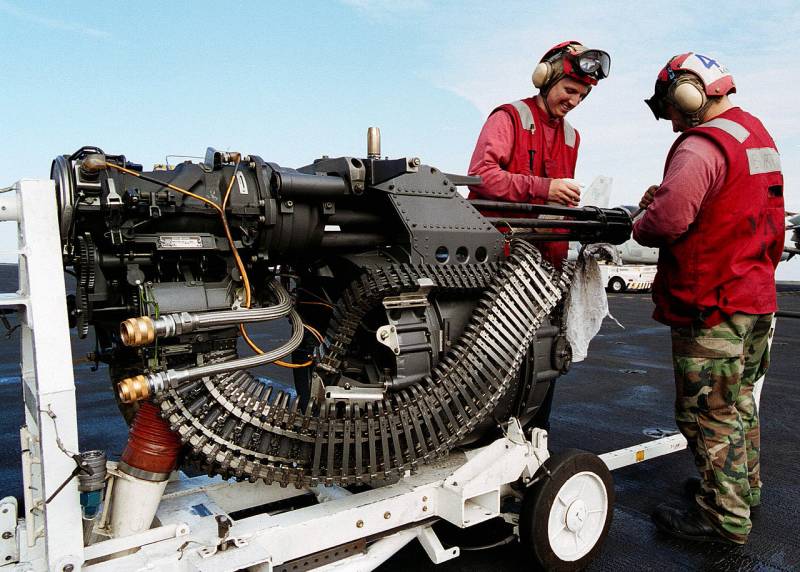
Information